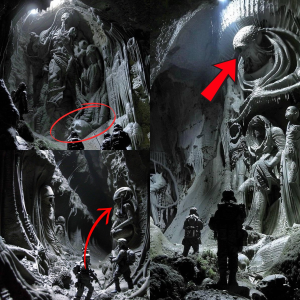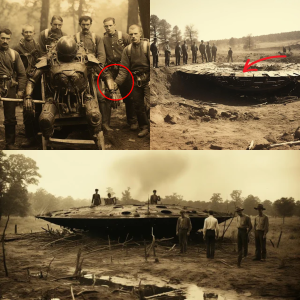In the early 1900s, the school next door to Great Yarmouth Minster received a special gift which had been found in an elaborate tomb in Egypt: the mummified remains of royalty.

The embalmed corpse was donated by a well-wisher and lay in its casket at the very height of Egyptomania, when the world fell under the spell of the mysterious rituals of the ancient Egyptians and their treatment of the long-dead.
Great Yarmouth’s Priory was established by Herbert de Losinga to serve the neighbouring St Nicholas’ Church in 1101 and was the home of monks from the Benedictine Order.
The monks’ lives were dedicated to worship, education and the care of the sick and poor, and in its time the priory was visited by regal visitors, including Richard II and Mary Tudor.
In 1852, a school was founded by Rev Henry MacKenzie with the Great Hall used as its assembly room. The school, St Nicholas Priory, has now moved premises.At the beginning of the 20th century, Egyptomania reached fever pitch following Napoleon’s Egyptian Campaign in the 19th century which led to documentation of ancient monuments.
In particular, people were fascinated by mummies: whether ground up into a dust to use as medicine or on display at macabre ‘unwrapping parties’, the long-dead bodies were said to possess otherworldly powers.
Imagine, then, how exotic a gift it was when the Priory School received a donation from a kindly patron wishing to further the education of Yarmouth pupils – but the kind gesture very quickly turned sour.
There had already been warnings issued about mummies: in the 18th century, antiquarian John Woodward had written: “I myself saw here a mummy, brought formerly out of Egypt that, after it had been for some time in our more humid air, began to corrupt and grow mouldy, emitted a foetid and cadaverous scent and in conclusion putrefied and fell to pieces.”Taken from their original, hot and dry resting place, mummies struggled in the damp climate of Europe and so, it seemed, was the fate of the Great Yarmouth mummy.

Soon after the gift arrived, a bad smell began to waft through the building and, after a search for the stench, it was discovered to emanate from the casket.
When opened, the contents – allegedly an Egyptian Princess – were found to have rotted and a decision was made to bury the wrapped corpse in the next-door churchyard.
In order to adhere to Mummy burial protocol, or what the staff at St Nicholas Priory School had been told was protocol, the casket was taken to the graveyard at midnight.
The grisly contents were tipped into a hole in the ground and buried, the casket was resealed and returned to its place in the school.
Soon after the dead-of-night burial, the Vicarage and St Nicholas’ Church began to be disturbed in the night by knocking sounds on their doors – when the tapping noises were investigated, no cause could be found.
People walking through the graveyard at night began to hear the eerie tapping and the police began to increase their patrols to look for pranksters.
Rumours began to circulate that a Mummy’s Curse had befallen St Nicholas’ and its Priory and when the smell that had plagued the school returned and was again traced to the casket, they claimed it was further proof.Keen to dispel the whispered theories, the schoolmasters decided to put the issue to bed and reopened the casket in front of the whole school…to their horror, they realised they had mistakenly left behind one of the Princess’ arms
Panicked, they rushed the missing limb to the graveyard, removed the earth from on top of the burial site and reunited it with the other remains.
The knocking stopped.
Whether fact or fiction, the tale has entered Great Yarmouth’s folklore and there remain those who claim tapping can still be heard at midnight in the churchyard…
It would be a matter of a few years until Norfolk was linked to another mummy story, this time one that captured the imagination of the world: the discovery, in 1922, by Norfolk man Howard Carter, of the tomb of Tutankhamun.





